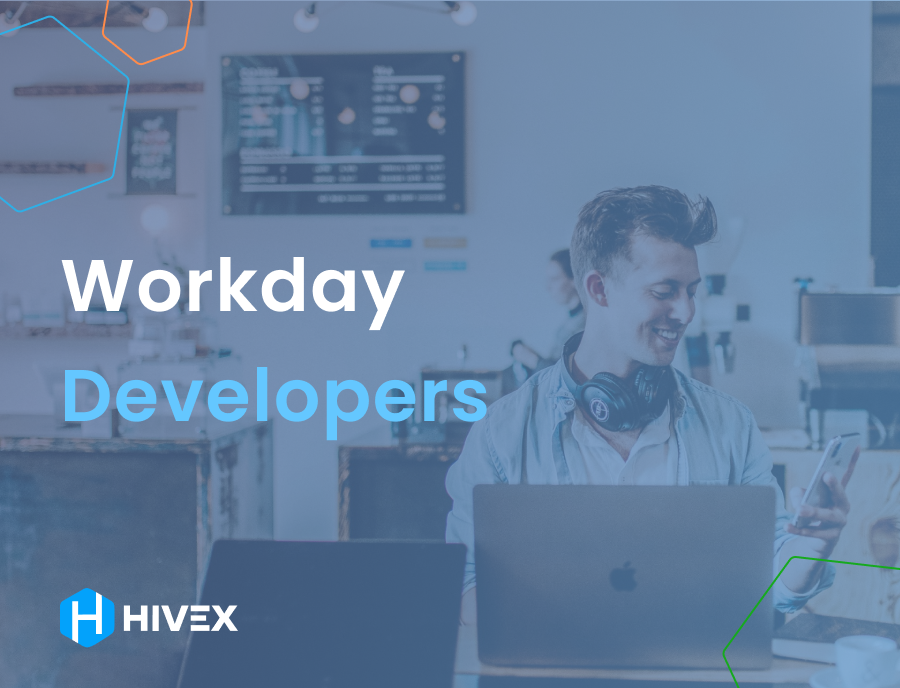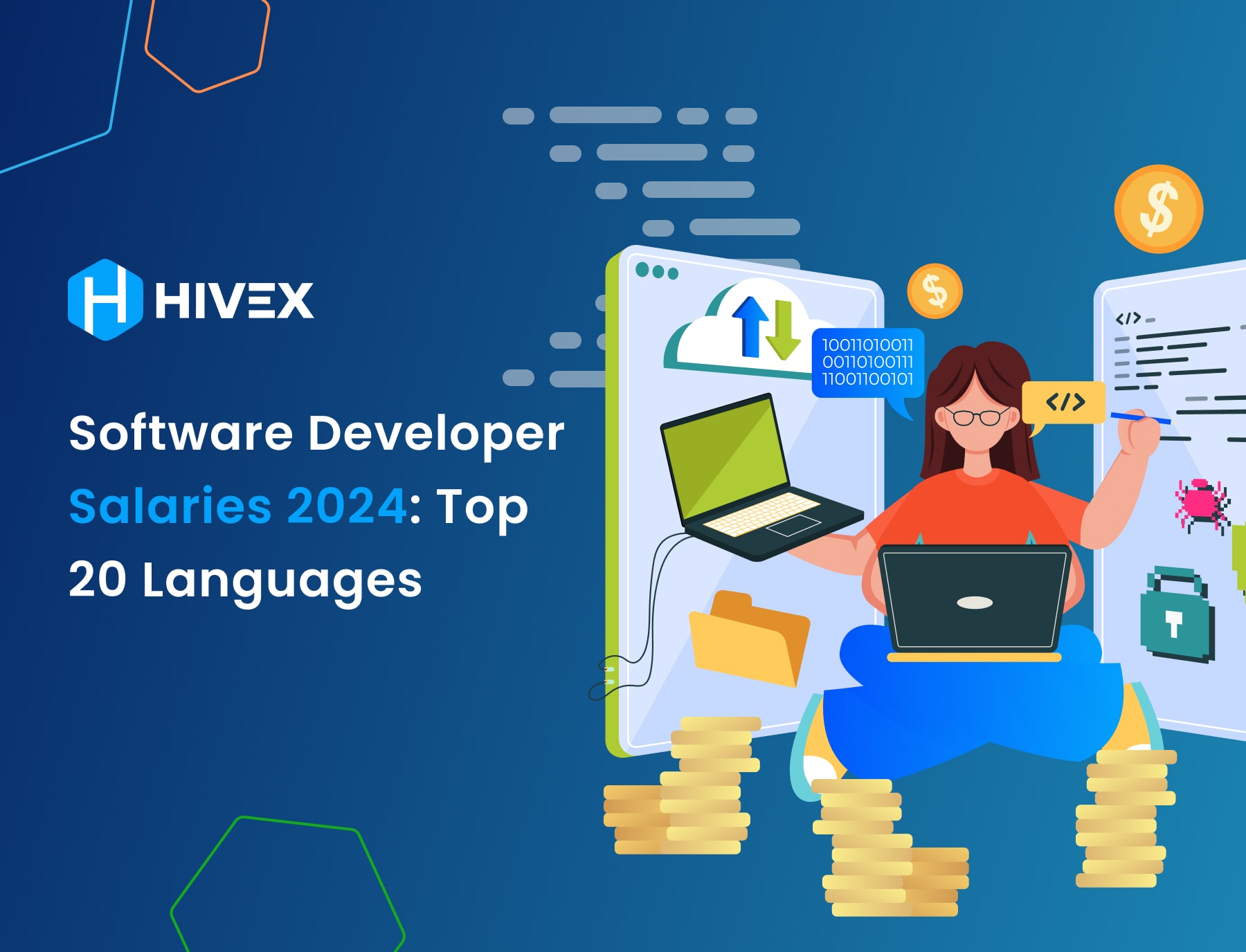MVP in Software Development Explained: Process & Strategies

Development teams often face a daunting challenge: to create innovative products swiftly and efficiently. As they strive to meet these demands, the concept of MVP in software development has gained significant traction.
In this article, we will explore what MVP is, how it works, and why it has become a valuable approach to building software.
Quick Navigation
What Is MVP in Software Development?

At its core, a minimum viable product represents a mindset that prioritizes delivering a product with the minimum set of features necessary to meet the needs of early adopters and gather valuable feedback.
MVP serves as a starting point, enabling developers to test assumptions, gather user insights, and drive future iterations.
By focusing on the essential features required for the product to be functional, developers can expedite the development process and get the product into users’ hands sooner.
This approach not only helps in validating the product idea but also minimizes the risk of investing time and resources into building a full-featured product that may not meet user expectations.
Let’s make a hypothetical example of the mobile payment app: in the MVP version of the app, the team may choose to include a simple user interface with just the necessary fields for making payments.
By omitting complex features such as biometric authentication or multi-factor authentication initially, the team can focus on refining the core payment functionality based on user feedback and usage patterns.
This iterative approach allows for incremental improvements and ensures that the final product aligns closely with user needs and preferences.
Key Components of a Minimum Viable Product

Building an effective MVP requires careful consideration of its essential elements.
These include:
1. Core functionality
The MVP should prioritize core functionality that enables users to achieve their primary goal. In our mobile payment app example, this core functionality would involve the ability to make secure, simple transactions.
2. User experience (UX)
While the MVP may lack certain features, it is crucial to ensure the user experience remains intuitive and seamless. This aspect helps to gather accurate feedback and maintain user engagement.
3. Minimalism
The MVP should embody the “less is more” philosophy. By focusing on the essential features, developers can minimize complexity and deliver a streamlined product.
Expanding on the concept of core functionality, it is important to note that identifying the key features that align with the users’ needs and preferences is a critical step in MVP development.
Conducting thorough market research and user testing can provide valuable insights into what functionalities are essential for the initial product version. By prioritizing these core features, developers can create a strong foundation that resonates with the target audience.
In addition to user experience, another vital component of an MVP is scalability. While the primary focus is on delivering a functional product with core features, it is also important to consider how the product can scale as user demand grows.
Planning for scalability in the early stages can help prevent major reworks in the future and ensure a smooth transition as the product evolves.
By building a flexible architecture and infrastructure, developers can lay the groundwork for future enhancements and expansions without compromising product stability.
The Core Principles of MVP
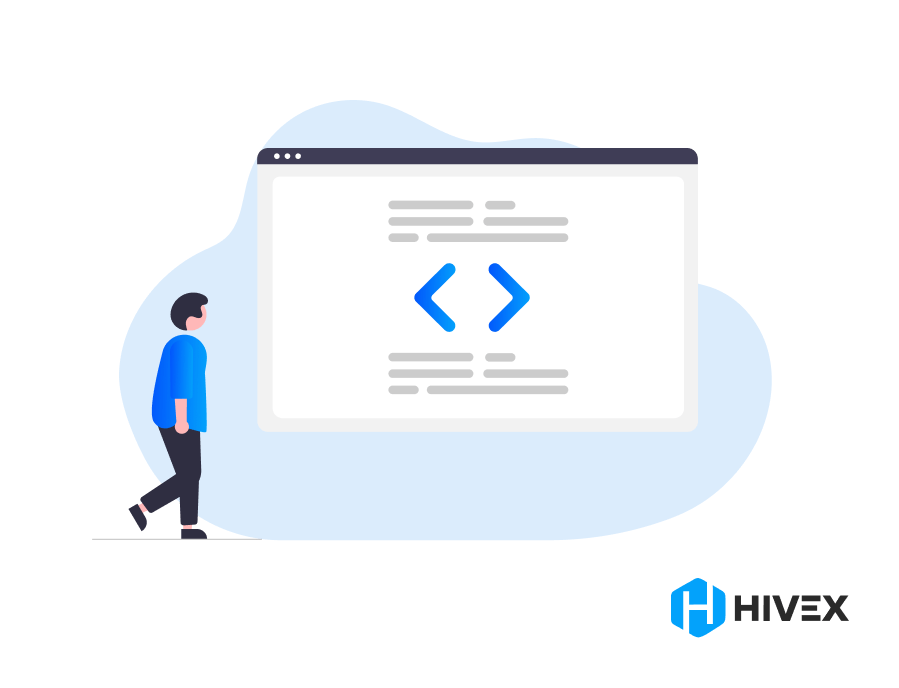
Developers embarking on an MVP journey should adhere to a set of core principles to maximize their product’s value:
1. Experimentation and learning
The MVP is not a final product but a tool for learning. Software teams should approach it as an opportunity to validate assumptions, test different strategies, and collect valuable user feedback.
2. Iteration
The development of an MVP involves a cyclical process of building, testing, and refining. Each iteration brings the product closer to achieving the desired market fit.
3. Speed:
Efficiency is a critical aspect of successful MVP development. By focusing on the core features and eliminating unnecessary complexities, teams can launch their products faster, enabling rapid learning and adjustment.
The user-centric design principle is also crucial to MVP development. It is essential to prioritize the needs and preferences of end-users throughout the development process.
By incorporating user feedback early and often, developers can ensure that the MVP aligns with user expectations and addresses their pain points effectively.
Difference between MVP, Prototype, and Proof of Concept (PoC)
In software development, several terms are commonly used to describe different stages of product development. Three of these terms are Minimum Viable Product (MVP), prototype, and Proof of Concept (PoC).
Understanding the difference between these terms is crucial for software developers, project managers, and stakeholders to ensure a successful and efficient product development process.
MVP
A Minimum Viable Product is essentially a simple version of a product that is sufficiently functional to be released to the market. The aim of an MVP is to provide enough value to attract early adopters and validate the product idea with the least effort.
It essentially helps in testing the product hypothesis with minimal resources. The feedback gathered from the MVP users helps in making the final product more aligned with market needs.
Prototype
On the other hand, a prototype is a preliminary version of a product that is created for testing purposes. It is a visual and interactive representation of a product idea and is developed to validate the design, usability, and functionality of a product. Unlike an MVP, a prototype is not typically released to the public.
Instead, it is used internally within the development team or with a limited group of users to gain feedback and make necessary adjustments before moving forward with full-scale production.
PoC
Proof of Concept (PoC), meanwhile, is a small exercise to test a specific concept or theory that underlies the proposed product or system.
In software development, PoC is used to demonstrate the feasibility and practical potential of any blockchain project in any field such as Energy, Communication, Services, Insurance, and Healthcare.
A PoC can either be a prototype without any supporting code or an MVP (Minimum Viable Product) having a bare feature set. PoC is used to affirm a potential project’s likelihood of success.
While all three terms – MVP, prototype, and PoC – denote stages of product development, they each serve distinct purposes.
An MVP tests the viability of a product idea on the market, a prototype is used to validate the design and functionality of a product, and a PoC is employed to verify the feasibility of the underlying concept or theory. Understanding these differences is essential for effective and efficient product development.
The Agile Process and MVP Development
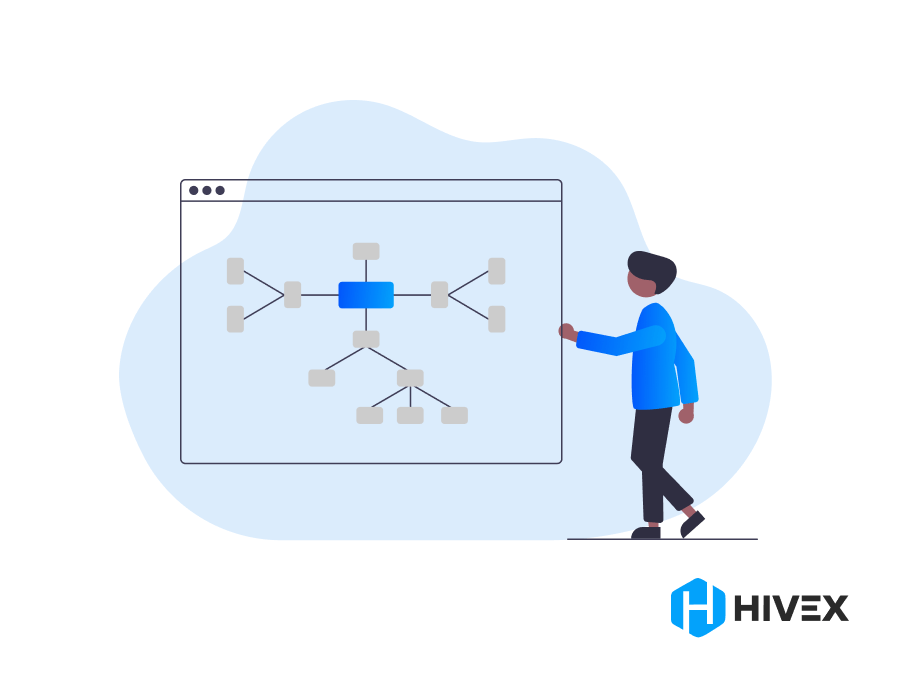
The agile process and MVP (Minimum Viable Product) development are two concepts that have significantly transformed the software development industry. They offer a flexible, iterative, and customer-centric approach to product development that prioritizes speed, efficiency, and continuous improvement.
Used in combination, they provide a powerful framework for delivering high-quality products that meet users’ needs.
Agile Methodology
Agile methodology is an iterative approach to project management and software development that helps teams deliver value to their customers faster and with fewer headaches.
Instead of betting everything on a “big bang” launch, an agile team delivers work in small, but consumable increments. This enables teams to work on improvements based on real-time feedback from end-users and stakeholders.
Agile development emphasizes flexibility, collaboration, and customer satisfaction over strict adherence to plans and specifications. It encourages teams to adapt quickly to changes, learn from mistakes, and continuously improve their work processes.
MVP development
MVP development, on the other hand, is a product development strategy where a new product or website is developed with sufficient features to satisfy early adopters.
The final set of features is only designed and developed after considering feedback from the product’s initial users.
The focus of MVP development is to deliver a product with just enough features to gather validated learning about the product and its continued development. It helps in minimizing the overall development cost by focusing on the development of key functionalities needed by users.
Combining Agile with MVP
The combination of agile and MVP allows a dynamic product development process that is highly responsive to market needs and user feedback. Agile methodology provides the framework for rapid iteration and continuous improvement, while MVP development ensures that this iterative process is firmly grounded in user feedback and real-world validation.
By utilizing the agile methodology in MVP development, teams can ensure that they are not only developing products quickly but also that the products being developed are genuinely useful and valuable to their users.
This approach allows for quicker adjustments based on user feedback, reducing the risk of wasting resources on features or products that do not meet market needs.
This combination allows teams to work more efficiently, adapt to changes quickly, and ensure that the products they develop are closely aligned with user needs and preferences.
Strategies for Developing an MVP

Developing an MVP requires careful planning and execution. Here are some strategies that can help teams bring their MVP to life:
- Identify key user pain points: Understanding the target audience and their pain points is critical to building a valuable MVP. By focusing on addressing these pain points, developers can create a product that resonates with users.
- Define clear success metrics: Establishing specific metrics to measure the success of an MVP is crucial. These metrics could include user engagement, conversion rates, or other relevant indicators, depending on the nature of the product.
- Take a data-driven approach: Gathering and analyzing user data is a fundamental aspect of MVP development. Tracking user behavior, conducting surveys, and performing A/B testing can provide valuable insights for iterative improvements.
Expanding on the strategy of identifying key user pain points, it is essential for product teams to conduct thorough user research.
This involves techniques such as user interviews, surveys, and usability testing to gain deep insights into the needs and preferences of the target audience.
By empathizing with users and understanding their challenges, teams can tailor the MVP to offer meaningful solutions that address real-world problems effectively.
In addition to defining clear success metrics, it is beneficial for teams to prioritize features based on the concept of a “minimum delightful product.”
This concept goes beyond addressing pain points and focuses on incorporating elements that can surprise and delight users.
By aiming to create a product that not only solves problems but also exceeds user expectations in certain aspects, teams can differentiate their MVP in a competitive market landscape.
Incorporating User Feedback into MVP
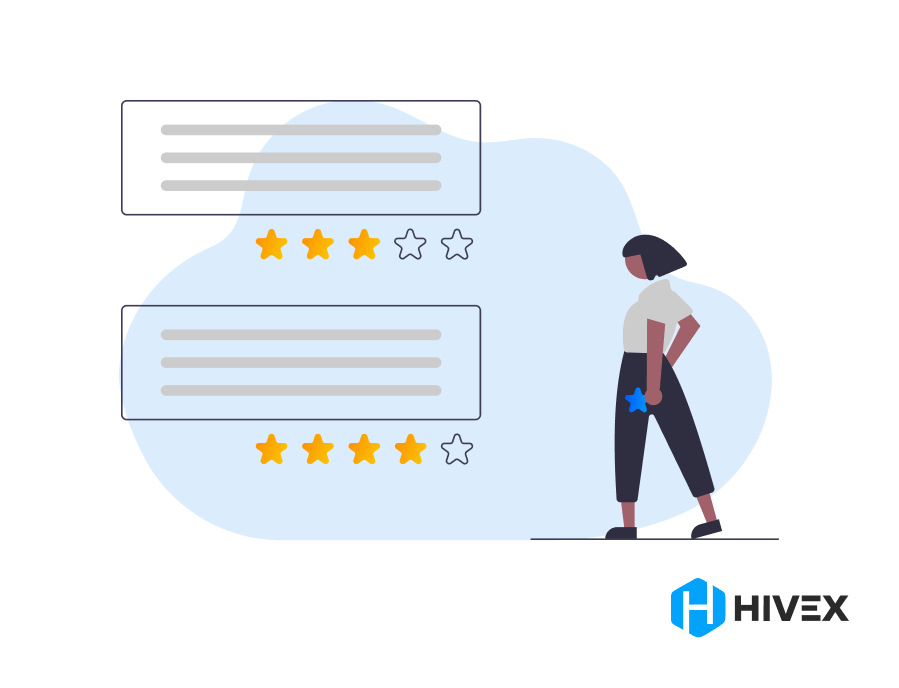
The true value of an MVP lies in the feedback received from early adopters. Incorporating user feedback into the development process is essential for creating a product that meets their needs and expectations.
Developers can collect feedback through various channels, such as user surveys, customer support interactions, or analytics data analysis. This feedback should serve as a guide for making informed decisions and driving iterative enhancements.
User feedback is not just a one-time activity but an ongoing process that should be integrated into the product development lifecycle. By continuously gathering and analyzing feedback, developers can identify trends, pain points, and opportunities for improvement. This iterative approach allows for the prioritization of features that align with user preferences and requirements.
Moreover, incorporating user feedback fosters a sense of collaboration and partnership between the development team and the end users.
It demonstrates to users that their opinions are valued and considered in the product evolution. This user-centric approach can lead to higher user satisfaction, increased retention rates, and ultimately, a more successful product in the market.
Testing and Iterating Your MVP
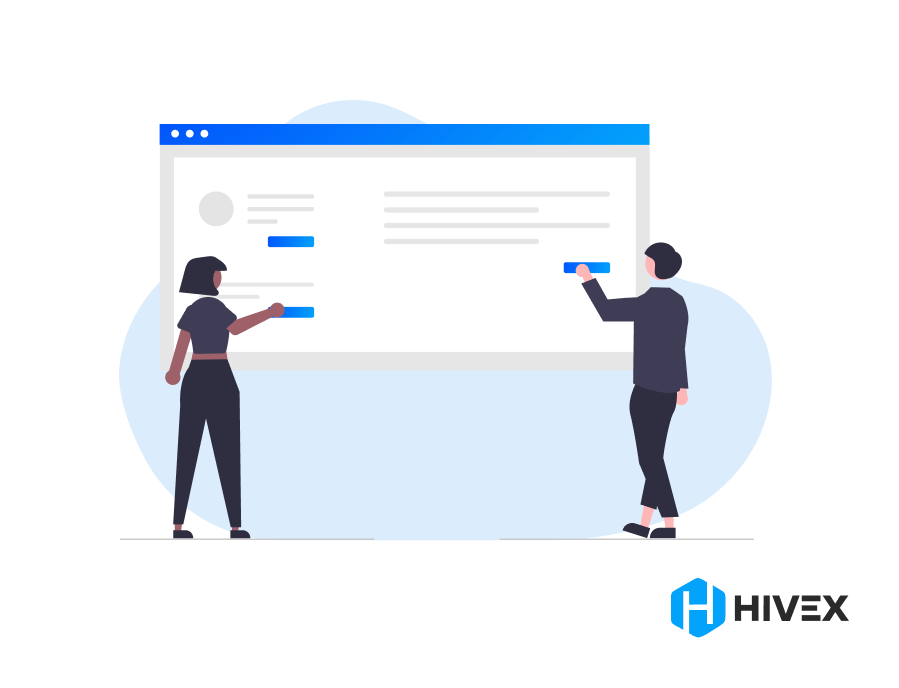
Of course, everyone has heard the term “MVP” before. But what’s often overlooked in the MVP development process is the importance of continuous testing and iteration.
This approach is crucial for the following reasons:
Stay Data-Driven
Testing and iterating your MVP allows you to make decisions based on real user data, not just assumptions. By gathering feedback and analyzing user behavior, you can identify areas for improvement and prioritize updates that truly resonate with your target audience.
Optimize for Success
Iteration enables you to refine and enhance your product continuously. A/B testing is a powerful tool in this process, allowing you to compare different versions of a feature and determine which one performs better for your users.
Understand Your Users
User testing provides invaluable insights into how real users interact with your product. By observing their behavior, you can uncover usability issues, pain points, and features that delight. This firsthand feedback shapes the direction of future iterations, ensuring your product meets user expectations.
Stay Ahead of the Curve
The market is ever-changing, and user needs evolve constantly. By testing and iterating your MVP, you can adapt quickly to changing dynamics, keeping your product relevant and competitive.
Build Better Products
At the end of the day, testing and iterating your MVP leads to better products. By embracing this data-driven approach, you can:
- Identify and address issues early on
- Prioritize features that drive user engagement and retention
- Optimize the user experience for maximum satisfaction
- Validate assumptions and make informed decisions
Nowadays, the ability to test, iterate, and adapt quickly can be the difference between success and failure. Make sure your MVP gets tested and iterated, and your product will thrive.
Read also: Use cases and benefits of AI in Fintech
Common Mistakes to Avoid in MVP Development

The process of MVP software development can be fraught with pitfalls if not appropriately managed. Therefore, it is crucial to be aware of the common mistakes that are often made during the MVP development process.
Let’s break them down:
1. Overload of Features
One of the most common mistakes in MVP software development is overloading it with features. The concept of MVP is to build a product with just enough functionalities to meet the user’s core needs, and then gradually refine and expand it based on real-world feedback.
Adding too many features initially can not only confuse early adopters but also increase development time and costs.
2. Undefined target audience
Another common mistake is not properly defining the target audience before the MVP launch. A well-defined target audience helps tailor the product’s features to meet specific needs and expectations, which can significantly impact its acceptance in the market.
Launching an MVP without a clear understanding of who will use the product and why they would want to use it is like shooting in the dark.
3. Neglecting User Feedback
Ignoring user feedback after the MVP launch is another error that startups often make. The primary purpose of launching an MVP is to gather user feedback for iterative development.
Ignoring this valuable input can lead to the development of a product that does not fully meet market needs or expectations.
4. Not Setting Success Metrics
Many startups fail to define success metrics before starting MVP software development. Without clearly defined metrics, it might be challenging to measure the success or failure of an MVP.
These metrics could be in terms of user engagement, revenue, or customer acquisition and retention rates.
5. Poor design
Lastly, some companies underestimate the importance of good design in MVP software development. While an MVP doesn’t have to be perfect, it should be functional and have a user-friendly interface.
A poorly designed MVP can lead to a poor user experience, which can adversely affect the product’s acceptance in the market.
Avoiding these common mistakes during MVP software development can significantly increase the chances of a successful MVP launch.
It’s essential to keep the product simple, clearly define the target audience, listen to user feedback, define success metrics, and invest in good design.
By doing so, startups can develop an MVP that not only meets the initial market needs but also provides a solid foundation for future product development.
You may also like: Factors to Consider in Resource Planning
Future Trends in MVP Software Development

The concept of MVP in software development continues to evolve as software development practices advance. Here are some key trends shaping the future development of MVP:
Personalization
MVPs tailored to individual user needs can provide a highly personalized experience, enhancing engagement and retention. This approach directly aligns with the MVP functionality, focusing on delivering the core elements that resonate with potential customers.
AI integration
The integration of artificial intelligence techniques within MVPs allows for improved automation, data analysis, and predictive capabilities.
This innovation is part of the successful MVP software development, as it enhances the technical feasibility and overall performance of the software product.
Blockchain technology
MVPs leveraging blockchain can enhance data security, transparency, and trust, opening new possibilities for various industries. This technology aligns with the MVP architecture design and contributes to the core value proposition of the product.
The Rise of PWAs
In addition to these trends, another significant development in MVP development is the rise of Progressive Web Apps (PWAs). These web applications combine the best features of websites and mobile applications, offering users a seamless and fast experience across devices.
By incorporating PWAs into MVP strategies, developers can reach a wider audience, test usability, and provide a more engaging user experience, considering user interactions throughout the entire development process.
IoT Integration
Furthermore, the integration of Internet of Things (IoT) technology into MVPs is becoming increasingly prevalent. By connecting physical devices to software applications, MVPs can offer innovative functionalities such as remote monitoring, automation, and real-time data analysis.
This integration taps into market research and understanding of market demand, and is a pivotal part of further development strategies in the MVP concept.
In conclusion, MVP stands as a valuable approach to software development. By focusing on essential features, a visual representation of the business idea, and product concept, gathering user feedback, and embracing iterative improvements, developers can create products that meet user needs while delivering them faster to the market.
Additionally, development costs are significantly managed by not initially including all the features. As software development practices continue to evolve, the principles of MVP, along with the contributions of the entire team, will remain a driving force in achieving successful product outcomes.
MVP in Software: Final Thoughts
In summary, using a lean startup approach to software-based MVP development centers on delivering a product with essential functionality to engage early users effectively. This strategy allows teams to gather feedback quickly and refine their product, making sure it meets real-world needs and supports user scenarios.
By focusing on the minimum feature set, the development cycle is made more efficient, facilitating quick iterations and improvements. This lean startup methodology supports a strong value proposition by focusing resources on user stories that provide the maximum amount of value.
Ultimately, MVP is a smart, efficient way to build software that truly resonates with users, offering them exactly what they need, when they need it.
For the Curious: Strategies for Managing Remote Development Teams
